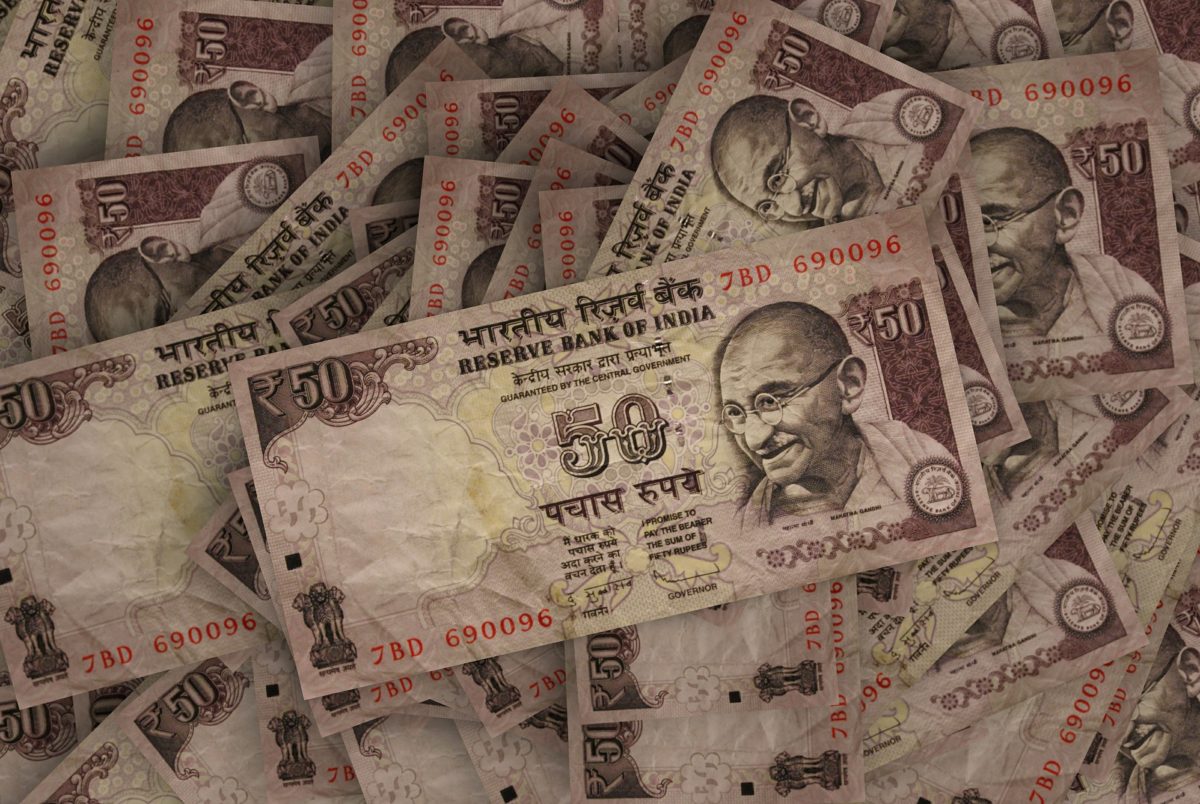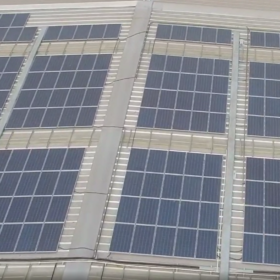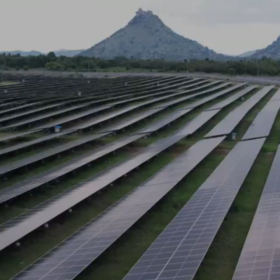With the Indian government having signed off a Rs 500 crore fund in February to help solar developers struggling due to late payments from cash-strapped power distribution companies, the Minister of Power has now been forced to announced a second such support mechanism.
The fund announced earlier in the year — before April’s general election — was supposed to be built up over time. The idea was to amass enough funding to cover three months’ worth of power payments to companies owning projects with generation capacities of up to 5 GW.
But even that measure, which the government said it might fund through a solar project levy, has clearly been insufficient to address the problems caused by the financial distress afflicting the nation’s power companies. That much became clear last week when Minister of Power RK Singh said the government was mulling another payment security mechanism to ensure the timely receipt of electricity tariffs for PV developers.
Two payment security mechanisms in place
“Even if there is a disruption somewhere, we will ensure the payments will be made,” the minister said at a briefing. “For ensuring that the payments will happen on time, we are coming up with some policy changes.” However, the minister did not elaborate on the new scheme.
Late payments have dogged the Indian solar industry for some time. With power distribution companies in Andhra Pradesh, Telangana and Karnataka owing Rs 18.84 billion to National Thermal Power Corporation alone, overall utility company losses rose 43% to more than Rs 21,500 crore at the end of the last fiscal year, from around Rs 15,100 crore in 2017-18.
Improving the financial health of utilities continues to be a major focus for the re-elected Narendra Modi government, with the latest proposed payment security system reportedly to be administered by Solar Energy Corporation of India, the national body which oversaw February’s funding pot. But it is unclear why the government has chosen to run two funds apparently devoted to the same end, rather than enlarging the original funding scheme.
Solar farming plan extended
Singh also took the opportunity to reaffirm the government’s commitment to extending the Kisan Urja Suraksha evam Utthaan Mahaabhiyan scheme, which encourages solar farming by funding solar pumps and generation projects on land owned by farmers. The minister said farmers could each generate up to 2 MW of solar power on barren land, with the government purchasing the electricity produced. “From 2 MW, if a farmer can earn up to 30 paise per unit then in a year he can earn around Rs100,000,” he said.
Expressing confidence about India achieving its 2022 target of having 175 GW of renewable energy capacity installed, the minister said the government is not rigid about the energy mix. “We will evaluate the energy source which is most suitable for a particular state,” said Singh. “We are building that flexibility in each renewable energy source.”
The minister also announced the government will launch a scheme to encourage electronics manufacturing for the renewable energy sector which will offer a direct subsidy to domestic manufacturers.
This content is protected by copyright and may not be reused. If you want to cooperate with us and would like to reuse some of our content, please contact: editors@pv-magazine.com.







By submitting this form you agree to pv magazine using your data for the purposes of publishing your comment.
Your personal data will only be disclosed or otherwise transmitted to third parties for the purposes of spam filtering or if this is necessary for technical maintenance of the website. Any other transfer to third parties will not take place unless this is justified on the basis of applicable data protection regulations or if pv magazine is legally obliged to do so.
You may revoke this consent at any time with effect for the future, in which case your personal data will be deleted immediately. Otherwise, your data will be deleted if pv magazine has processed your request or the purpose of data storage is fulfilled.
Further information on data privacy can be found in our Data Protection Policy.